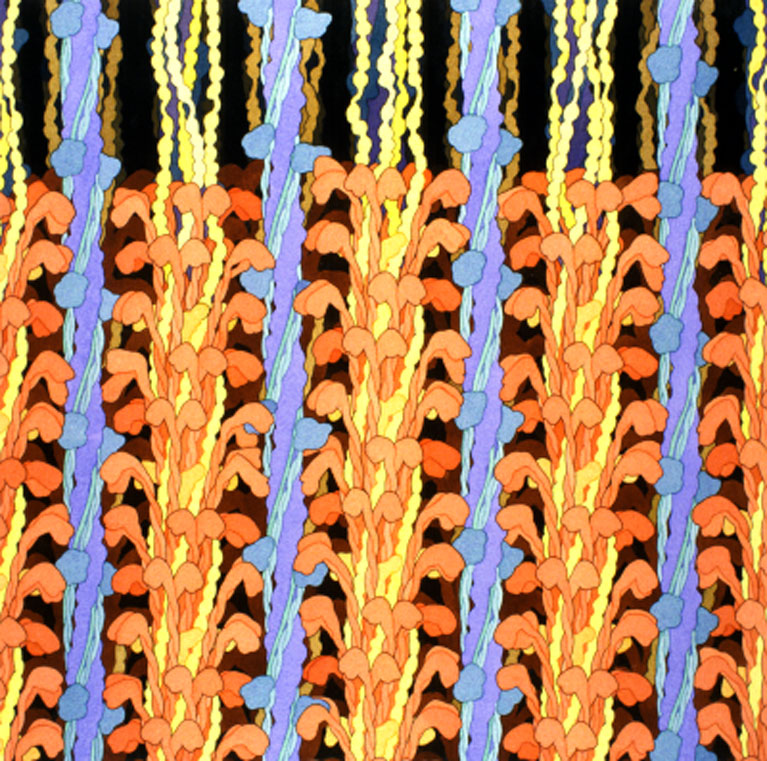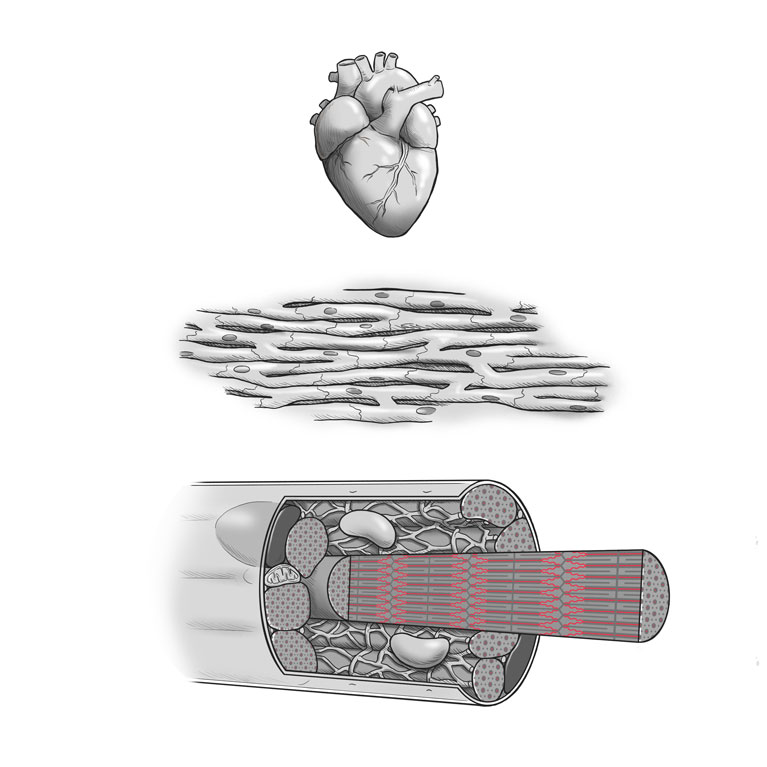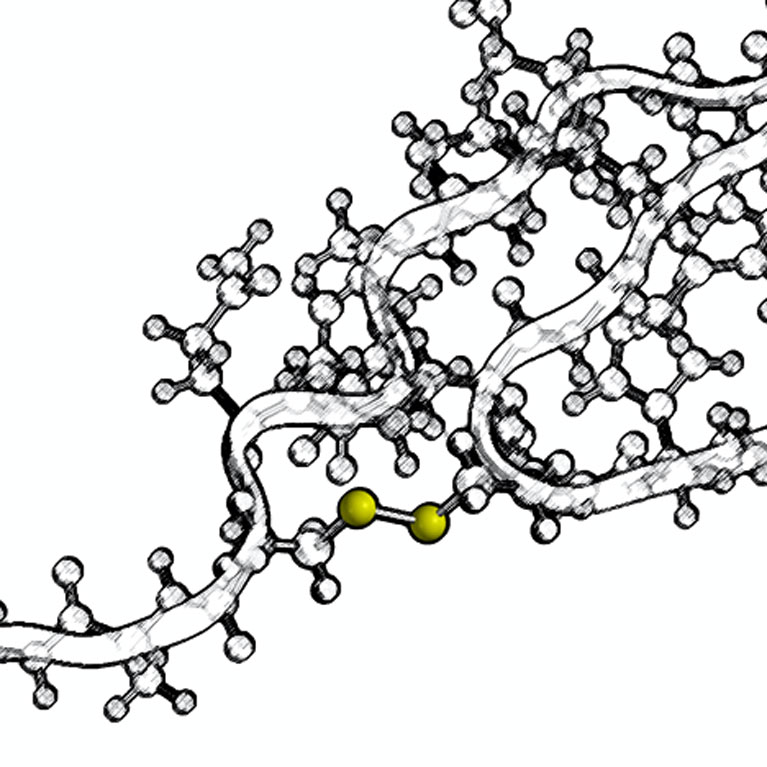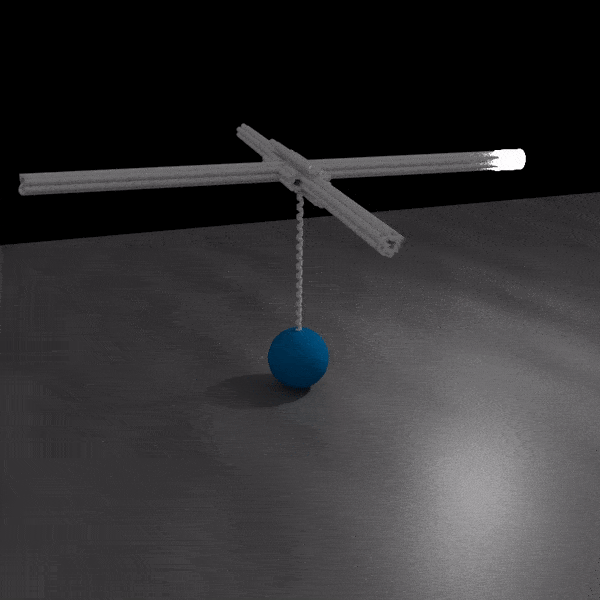Assistant Professor
Integrative Biology Laboratory
Hearst Foundation Developmental Chair


Human health depends on the coordinated movements of an astounding number of molecular components in our bodies. Enzymes pry apart the DNA helix to read and repair our genome, cells transport nutrients to fuel our tissues, and motor proteins in our heart work together to drive circulation. Yet we are far from having a comprehensive understanding of biomechanics across scales, from molecules, to cells, to tissues. Addressing this challenge will pave the way for quantitative models of biomechanical systems that have the power to revolutionize our understanding of human health and disease.

Kosuri studies the movements of molecules, as well as their organization in tissues, to create an integrated map of how movement gives rise to function, from the molecular motors inside cells to the muscle tissue of the heart.
In order to reveal the mechanics of single molecules, Kosuri is developing a new kind of measuring technology. Drawing on rapid advances in the field of DNA origami, Kosuri designs and builds custom nanoscale devices (millions of which could easily fit within a single cell) that are able to track molecular motion. Combining this new technology with cutting-edge microscopy techniques, Kosuri is able to visualize and measure previously unseen movements of biological molecules.
Kosuri is also using novel functional imaging methods to create a 3D molecular atlas of the heart. This atlas will improve our understanding of how the molecular and cellular structure of the heart leads to its mechanical function or dysfunction. Using these approaches, he will examine heart tissue remodeling and fibrosis, two hallmarks of heart failure, to identify new avenues for regenerative therapies.

Kosuri co-discovered a chemical mechanism that tunes the mechanics of muscle by altering protein folding. The study illuminated how protein folding and unfolding effectively controls how a muscle reacts to stretching.

Kosuri developed the theoretical basis, computational methods and instrumentation—including the co-invention of a specialized atomic force microscope (AFM)—for using force pulses to detect formation of the chemical crosslinks, known as disulfide bonds, within single proteins.

Kosuri invented ORBIT (origami-rotor-based imaging and tracking), a technology that enables extremely high-resolution measurement of the rotational movements generated by proteins. Using ORBIT, he made the first direct measurements of the rotational steps taken by the enzyme RNA polymerase as it transcribed single letters of the genetic code.
Postdoctoral Fellow, Harvard University
PhD, Biochemistry and Molecular Biophysics, Columbia University
MSc, Engineering Physics, KTH Royal Institute of Technology